|
with Sally Zeiner Reflections...For the final philosophy class of the semester, each student shared his or her own written reflection on the virtue of their choosing. We asked one another questions to clarify, and sometimes we changed our minds. This exercise encapsulated the most valuable things we have learned this semester: define your terms carefully, listen to one another, ask questions, give examples, and be willing to change your mind. The students have begun to develop these very important skills. I hope they will have the opportunity to continue to develop them in P4C in the future! Here are two of the reflection pieces submitted for publication: Courage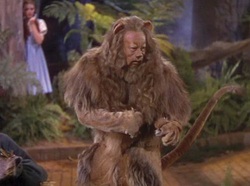 Courage is not something that goes when you’re scared and comes back again. It's always there, you just don’t always use it. There are two kinds of courage within courage: bad courage and dumb courage. Good courage is courage itself, doing something without a really big risk, but still a risk all the same. Sometimes good courage can be doing something you’re scared to do, and overcoming a fear, and sometimes good courage doesn’t have a risk at all. Bad courage is doing a courageous thing, for an evil deed. Other than that it is just the same as good courage. Dumb courage, on the other hand, isn’t courage at all. Dumb courage is doing something that’s so dangerous, it’s stupid, like climbing Mt. Everest when you know you won’t survive. My example is that Violet is courageous when she takes charge of leading her people to a different land. She shows leadership and believes that she will someday find a new home. Anger can sometimes cause courage, but so can love. In Iron hearted Violet, most of the courage was caused by love. Violet had it, Demetrius had it, and Dragon had it, and they couldn’t have done anything without this courageous love. Love Last week we talked about all the different virtues we have: love, strength, honesty, etc. Well, I’m here to tell you there is only one, and that is love. Dragons had been treated with cruelty for millennia. One dragon was willing to throw it all away, forget all the cruelty, because Violet loved and trusted him. He repaid her with love and trust. This love and trust developed everything. This love and trust between Violet and the dragon saved humanity - the willingness to fly into the mirrored rim of the sky and sacrifice himself to save Violet. Love fits under every virtue because strength takes love, honesty takes love. That is all love. That’s what this whole story is about, isn’t it? One creature overcoming a mountain of hatred with a strong love for a small girl. with Leigh Ann Yoder Programming with Terrapin Logo We wrapped up our semester and our unit on telling computers what to do with some hands-on programming. I introduced the students to a programming language called Terrapin Logo. Logo is a full-featured programming language designed for teaching and learning. With just a ½ hour lesson and some basic commands, all of the students were able to write code and see immediate results. If you or your students would like to learn more about this language, you can visit this web-site. It was a great opportunity to see the students apply their skills in such a fun and tangible way! I believe everyone enjoyed programming the turtle. Several of the students had used Logo in the past, and were able to share even more ideas with the class. Programming in small groups can be both a socially and academically rewarding experience for many teens. If your student is excited about programming I would be happy to make recommendations on where to go next. So long, but not farewell!The CSU students tackled many complex topics this semester and did a wonderful job both in and out of the classroom. They should each be very proud of themselves and confident in their critical thinking skills. I will miss the CSU students, but I am also looking forward to working with the Young Inventors next semester. I hope I continue to see you all in the Mosaic halls!
Foundations of Philosophy (Ages 9-11)with Sally Zeiner To conclude last week's discussion of virtues, we tackled the difficult task of organizing our long list of ideas into specific virtues, defining them and giving examples. Our groups defined and presented the virtues of love, companionship, honesty, and courage. Each student should write a five sentence paragraph defining the virtue of their choice and offering at least one example from our reading this semester. Iron Hearted Violet is a challenging and thought provoking story, and we will spend this week discussing the philosophical issues that it raises. Students should finish the book, and come prepared to talk about one philosophical issue raised in this story. It can be something that we have already talked about - ethics, virtues, the nature of reality, and identity. Last class, students disagreed over whether the Nybbas is male or female (or neither), so all of the students should be prepared to state their opinion regarding the gender of the Nybbas, and provide examples directly from the story. “People say, 'What is the sense of our small effort?' They cannot see that we must lay one brick at a time, take one step at a time.” ― Dorothy Day Philosophy for Children (Ages 12-14)with Rich Piscopo 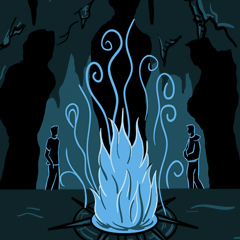 Plato's Allegory of the Cave Plato's Allegory of the Cave During our review last week to bring us up to speed after our winter hiatus, the class took a decidedly deep and profound direction. Because it was very philosophical in nature, I went where the children dared to go. A student asked what the difference was between experience and knowledge. This sparked a good epistemological dialogue, ending by saying knowledge (such as what one gains from books) is two-dimensional, and experience is three-dimensional. Experience falls under the category of knowledge, but is qualitatively different from book knowledge. It is deeper. I steered us back to the planned review where we explored the concept of preciousness. This brought up the phenomenon of love (love is an example of something that is precious). We spoke about the nature of love as being inexhaustible, and one cannot have too much love. The student said we may not be able to have too much love, then asked if we can have too little love. I referred to the Indian writer Yogananda who addressed this notion by saying love is out there in abundance; those who perceive there is not enough love are just not receiving it. Their "love receivers" are jammed with static. Then another student, who had been relatively quiet up to this point, said, "The truth is out there, but we just don't see it. We spend our lives seeking understanding." Then in response, another said, "Some people don't choose to seek understanding. It's easier to live behind the veil." I referred to Plato's Allegory of the Cave and to the book, Flatland. These are classic examples of the human condition of choosing "to live behind the veil". We then discussed the notion of Socratic Ignorance. We do not know the truth, yet we believe we do. When we do this, says Socrates, we are twice removed from the truth. Socrates taught that it was better to admit one's ignorance and then seek the truth; better to endure uncertainty and not jump to conclusions, than to live in an illusion. This led to a discussion on the purposes of studying philosophy. We agreed that one such purpose is to bring one to the awareness that one does indeed live behind a veil. And it is our task to try to remove it. Onward and forward. Editor's note: For those interested in learning more about Plato's Allegory of the Cave and the story, Flatland, you may enjoy a look back at this short post (with video) from Creative Thinking Circle I/Fall 2012. The Code of Hammurabi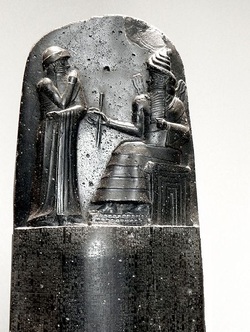 Stele of Hammurabi (Louvre, Paris) Stele of Hammurabi (Louvre, Paris) We learned about Hammurabi, the great king of Babylonia this week as we read together from Chapter 7 in Story of the World. Unlike the harsh dictatorship of Sargon, which we studied several weeks ago, Hammurabi was significant because he wanted his empire to be governed by just laws, that applied to all citizens. Hammurabi wrote down all the laws he thought were fair and had them carved on a stone monument. These laws are known as the Code of Hammurabi, and they are the first set of written laws. The students spent some time contemplating what life would be like without any rules and then we discussing many different rules and laws in place today (obeying the speed limit, not stealing from others), as well as the fact that new rules are added (no texting while driving). I read them some of the laws in the Code of Hammurabi and asked if they thought these rules seemed fair, as Hammurabi intended them to be, and if we could live by such rules today. Everyone agreed that "if someone cuts down a tree on someone else's land, he will pay for it." However, most felt that "An eye for an eye, a tooth for a tooth - if a man puts out the eye of another man, he must put his own out" and "If a doctor operates on a patient and the patient dies, the doctor's hand will be cut off" were too harsh and probably wouldn't go over well today! Break the Code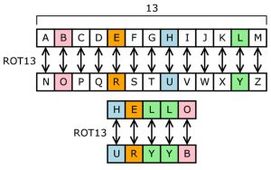 As a fun pre-writing game and follow-on activity, we did a code breaking activity of a different variety. I explained that "substitution codes" were a way that leaders through history have sent secret messages to their troops and allies. I provided the students with a simple alphabetic code and asked them to translate their names and a secret message into code. Students then exchanged messages and enjoyed decoding each others notes. Exploring the Water Cycle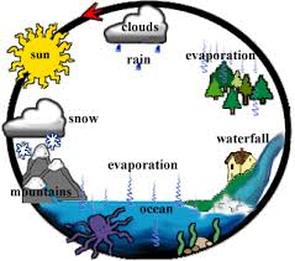 In science class we made the most of our wintry weather, first by going outside into the snow, and then talking about the melting snow, the rain, and swollen rivers. We scooped up snow into cups and packed it into a graduated cylinder. Then we brought it inside. One of our budding scientists noticed right away that the cylinder was marked with numbers, and pointed out the 'inches' on the side. This is great - scientists must first notice things. The numbers are not inches though - but milliliters, so we learned this new unit of measurement, and observed that the snow was packed up to the top number - 1000 milliliters. Next, one of our scientists made a hypothesis that when the snow melted, the water level would drop. We learned the word hypothesis. Together we all agreed that this was likely, and a few of our students offered some theories about why this would happen. Then we settled in to read A Drop Around the World, learning all about the water cycle while we kept an eye on our graduated cylinder. If you would like to continue the study of the water cycle at home, you can use this resource to conduct this simple Mini Water Cycle science project. Your children each took a copy of it home with them on Wednesday. Please bring the results sheet in next week so that we can compare. with Michelle Cameron Finalizing the Online JournalToday we worked to finalize the Mosaic Freeschool Online Journal. Each of the kids contributed poetry, short stories, or novel extracts, and today was the first time they had a chance to see the live journal. In addition, I asked them to describe themselves in 6-10 words, both for the contributors page and so that they can introduce one another next week at the reading. This assignment was quite a challenge for them! You can see our Journal online at http://mosaicfreeschoolonlinejournal.wordpress.com/. Each student contributed at least two pieces, and you may need to click the Older Posts button at the bottom of the page a couple of times to see them all. Final Class ReadingParents and friends are cordially invited to our Final Class Reading, which will take place at 10:15 in the dining room. Please make sure your children are there by 10 AM, so we can set up. We spent some time today establishing a reading order and rehearsing how we are going to introduce one another. We talked about overcoming any fear of reading to an audience, about reading slowly, loudly, and with expression. We also discussed how this is now part of the writing process – professional writers are required to “put themselves out there” and read to an audience. As we practiced, we also talked about picking up your head at least a couple of times, not covering your face with the paper or the music stand, and having your reading already in order before you get to your feet. I’ll send out an invitation to everyone via email as well, but I hope to get to meet a lot of you at the reading next week as we close out a great session of writing! HomeworkHomework this week is to practice, practice, practice reading their piece. My suggestion is that they read it, out loud, at least once a day. Remind them to stand up to do it and to really project their voices. This will have the double benefit of preparing them for the reading and making them a little less nervous about it.
with Kim Rodgers Do Fence Me In!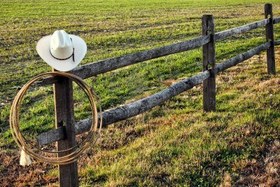 This week we jumped right back into perimeter and area with some warm-up activities before solving some real life problems. The problems specified how much fencing a couple of ranchers had in order to build enclosures for their livestock. In each problem there were different concerns for each rancher. Keeping those concerns in mind, students worked on their own or with a partner to come up with dimensions of the enclosures that they thought best solved the specific concerns. In some cases there was no “right” answer. Students had to explain their choice by justifying the pros and cons of their dimensions. These activities led into their homework for this week. Each student is to design their dream bedroom based on certain parameters outlined in a sheet each student took home. Please look this over with your child. The last step involves using a budget to buy some fun “extras” for their room. Please help your child search appropriate websites where they can find what they might be looking for. They may use eBay and craigslist if it seems appropriate. Students will present their plans at our last class, explaining their measurements and their choices for what to include in their rooms. Last Class Announcement Unfortunately, or fortunately depending on how you look at it, I won’t be at the last class. My wedding anniversary was last Friday and my husband surprised me with a week-long trip to the Bahamas! I’m still in shock. So, Jayne Besjak will be taking over to lead the class through the presentations. If you have any questions about the homework, feel free to e-mail me, but include Jayne as well, as I’m not sure if I can get e-mail or not! It’s been a joy to teach this group of students. They have a lot of energy and enthusiasm and it’s been fun to see their problem solving skills improve over the semester. I’ll see you all in a few weeks for the beginning of the new semester! with Leigh Ann Yoder Follow the Instructions Welcome back to CSU! After reviewing homework, we continued learning how to tell computers what to do. We briefly talked about what a programming language is and how it is interpreted by a compiler. An emphasis was placed on both the limited number of instructions available to the programmer and the fact that computers always obey instructions to the letter, even if they produce a crazy result. This concept can be difficult for humans to grasp since our brains operate much differently from computers, and we interpret instructions both from verbal and visual clues. Our ability to ‘process’ our language goes way beyond the capabilities of any modern day computer. As a programmer, one needs to learn to be very specific and clear when giving directions. The students acted both as programmers and computers today. First, they followed oral directions to create a simple drawing. We experimented with this concept in several ways. Sometimes they were allowed to ask questions, and sometimes they were not. We even tried verbal instructions without being able to see the instructor. Next, we followed written instructions. All of the students quickly realized the importance of well-written, detailed instructions. They are now in the middle of developing their own instructions (programs) to be carried out by another student (computer). They had one trial round and then their programs went to another developer for code review and debugging. They will continue working on their instructions for homework this week. SarcophagiStudents completed the outside of their sarcophagi in our morning class, adding the "egyptian eye" symbol and a door for their mummy's Ba to come and go. Writing Games
You might enjoy playing this as a family at home. It's not as easy as you think! Playing with Measurements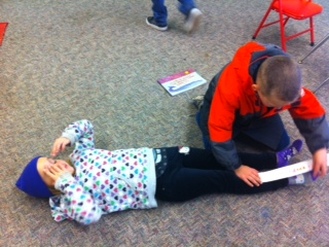 To think further about measurement we began our afternoon class by reading Is the blue whale the biggest thing there is? This book encouraged us to think about size creatively. Next we made a list of ten things that we would each measure with our own cubit. Then we set to work, recording our measurements on a chart. When we were done we found that we had different measurements for some things, especially the length of the room. This led to some interesting observations about the importance of using the same unit of measure. We wonder whether the Ancient Egyptians had any problems using digits, palms, and cubits to measure things? Foundations of Philosophy (ages 9-11) |
Categories
All
Archives
May 2016
|

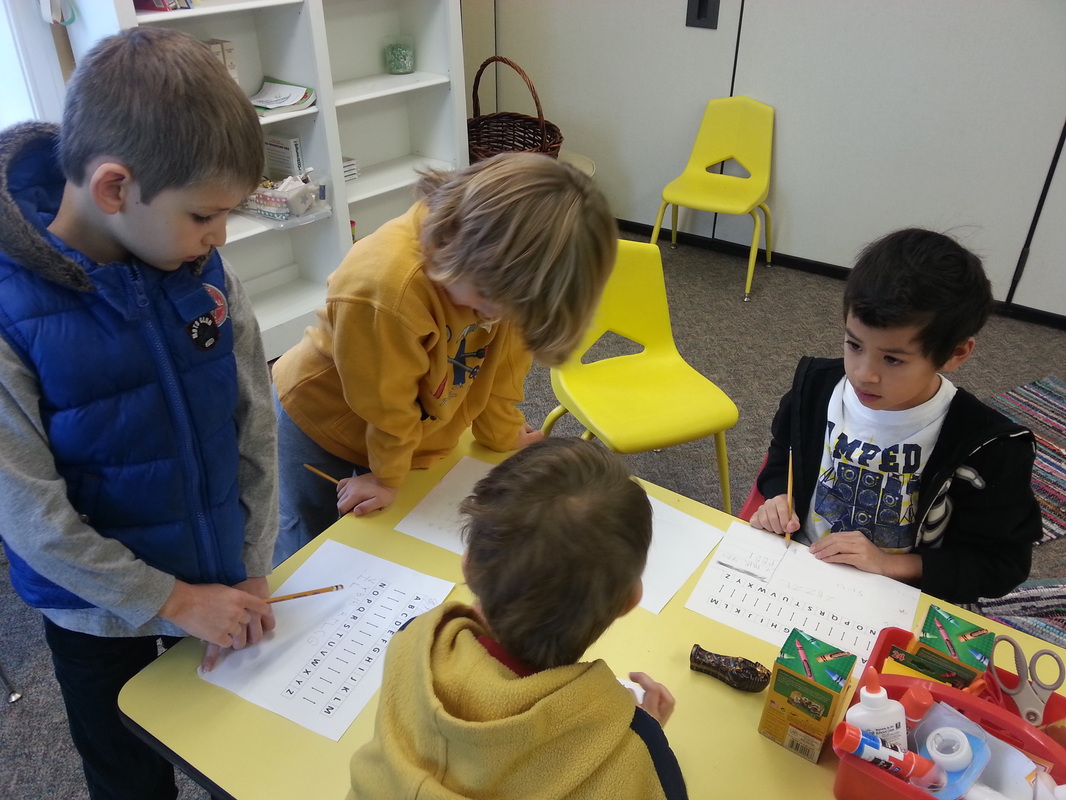
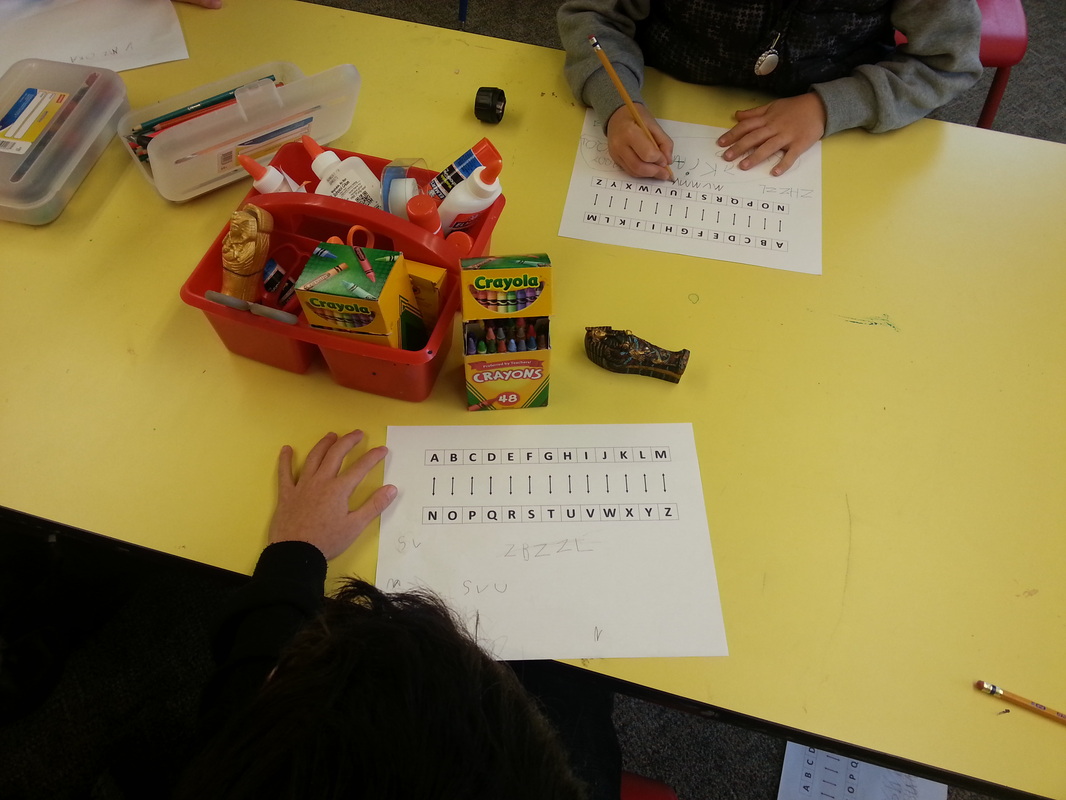
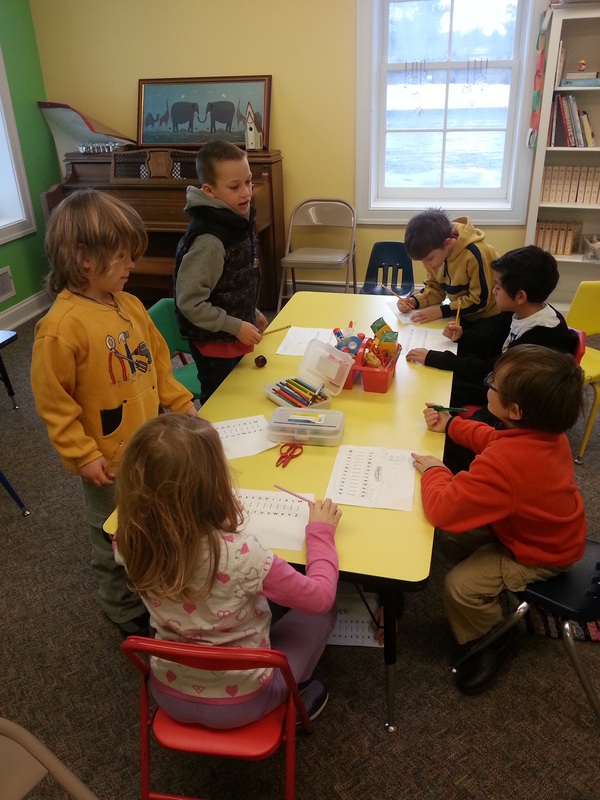

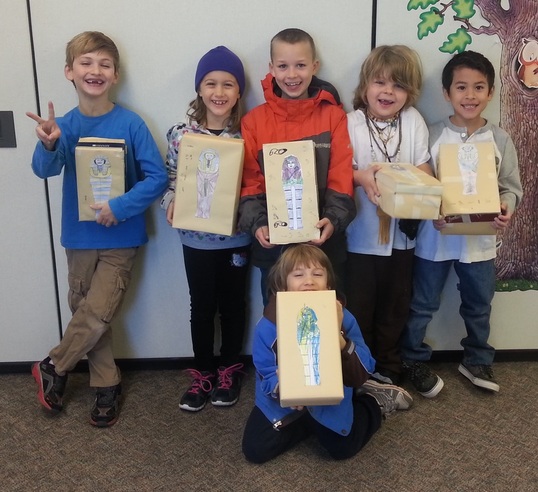
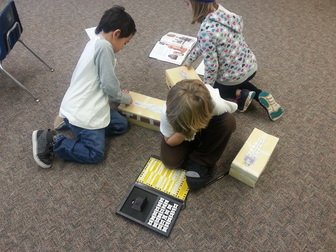
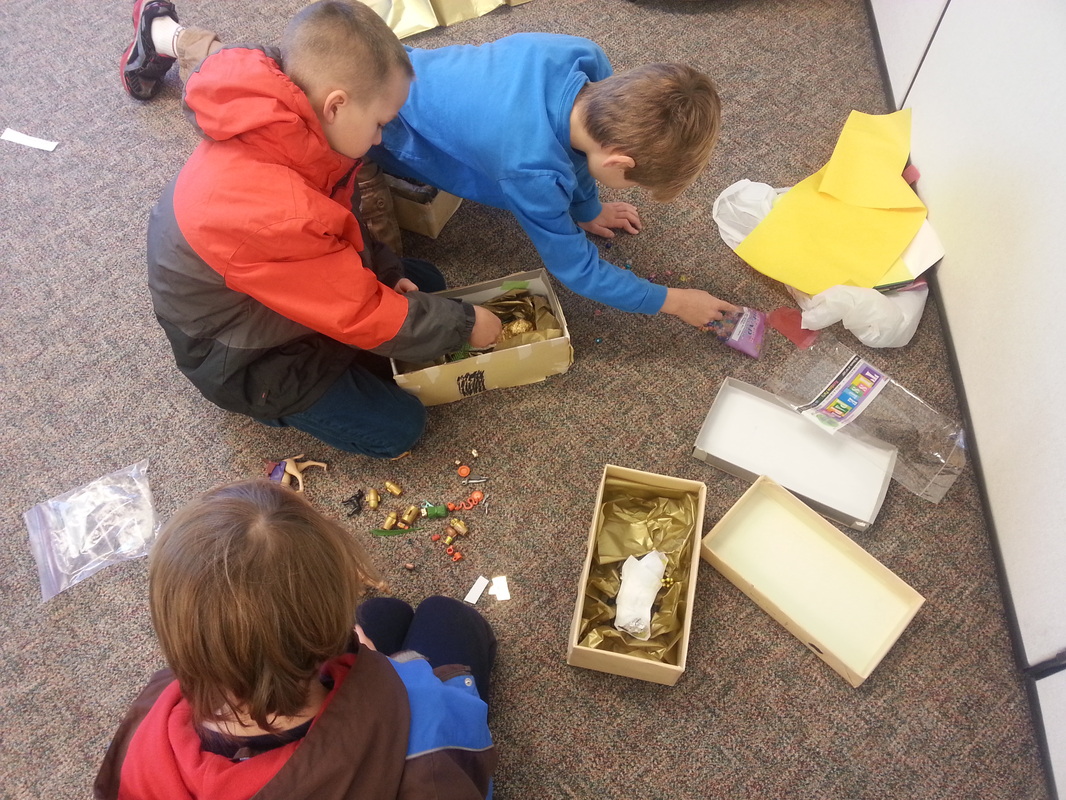
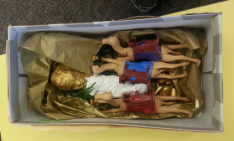
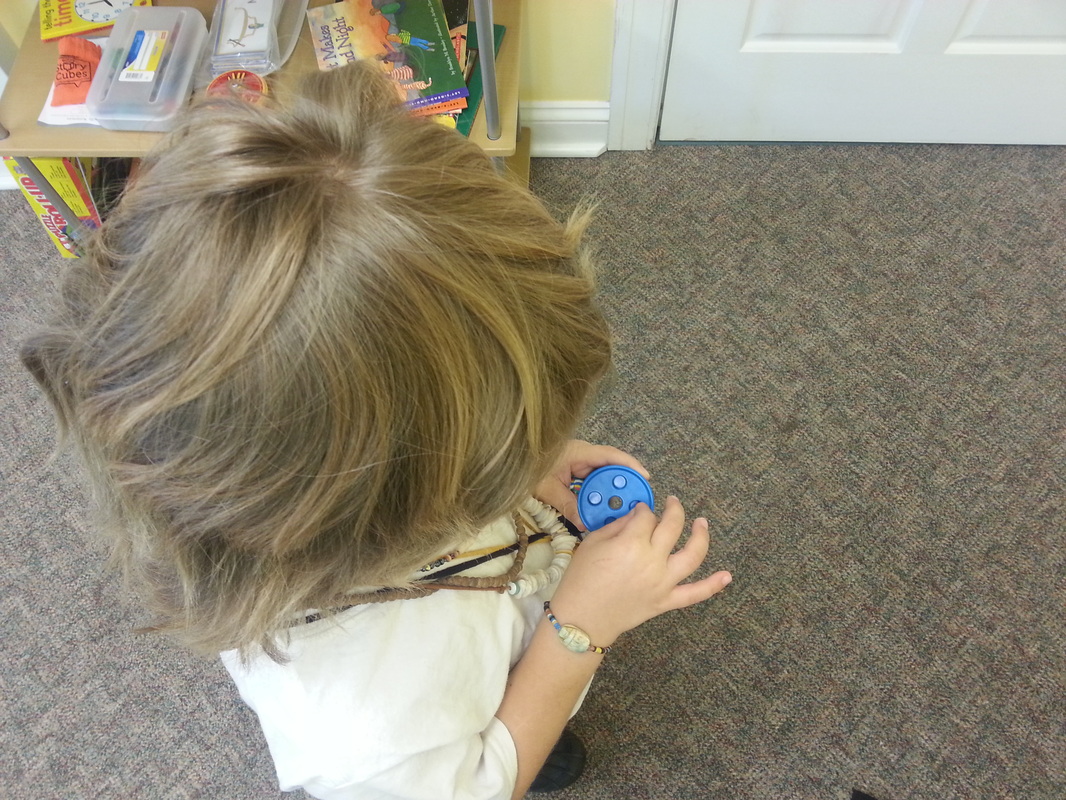
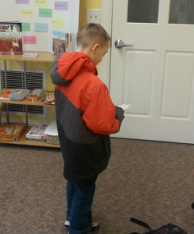
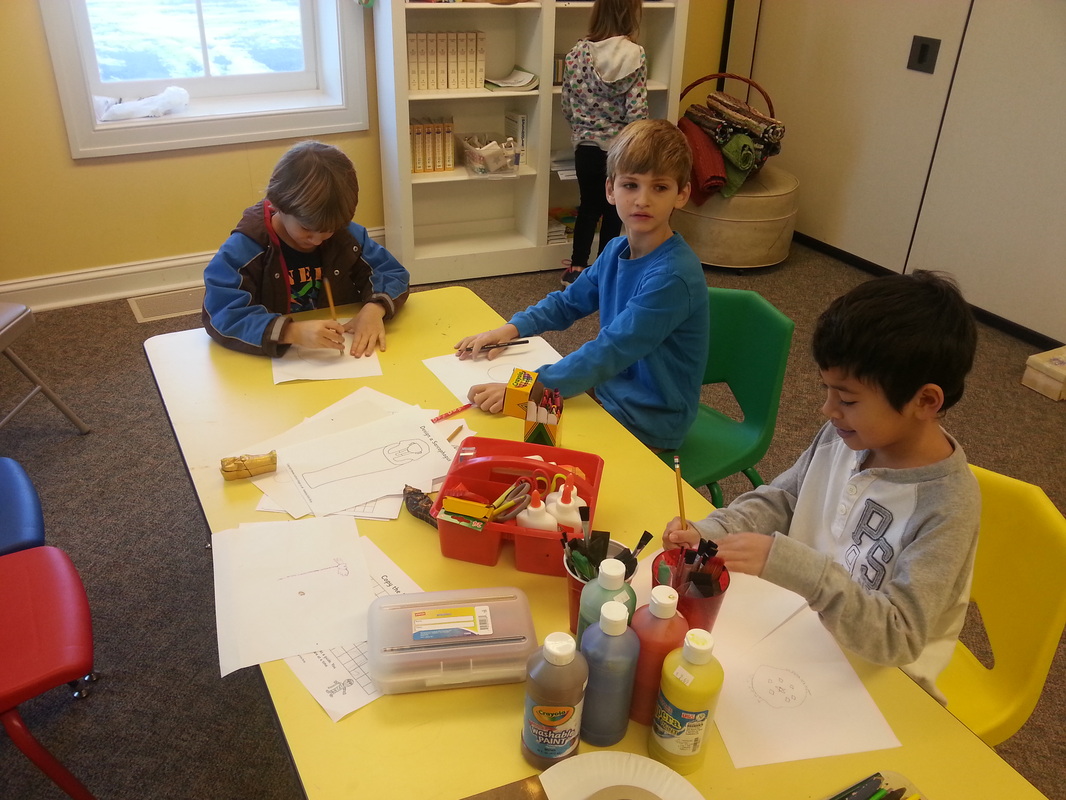
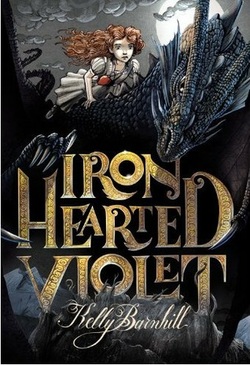
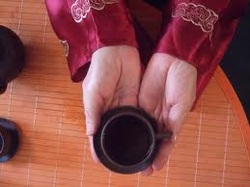
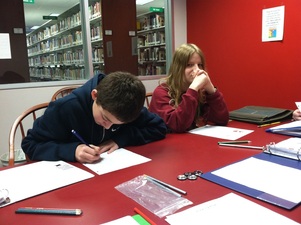


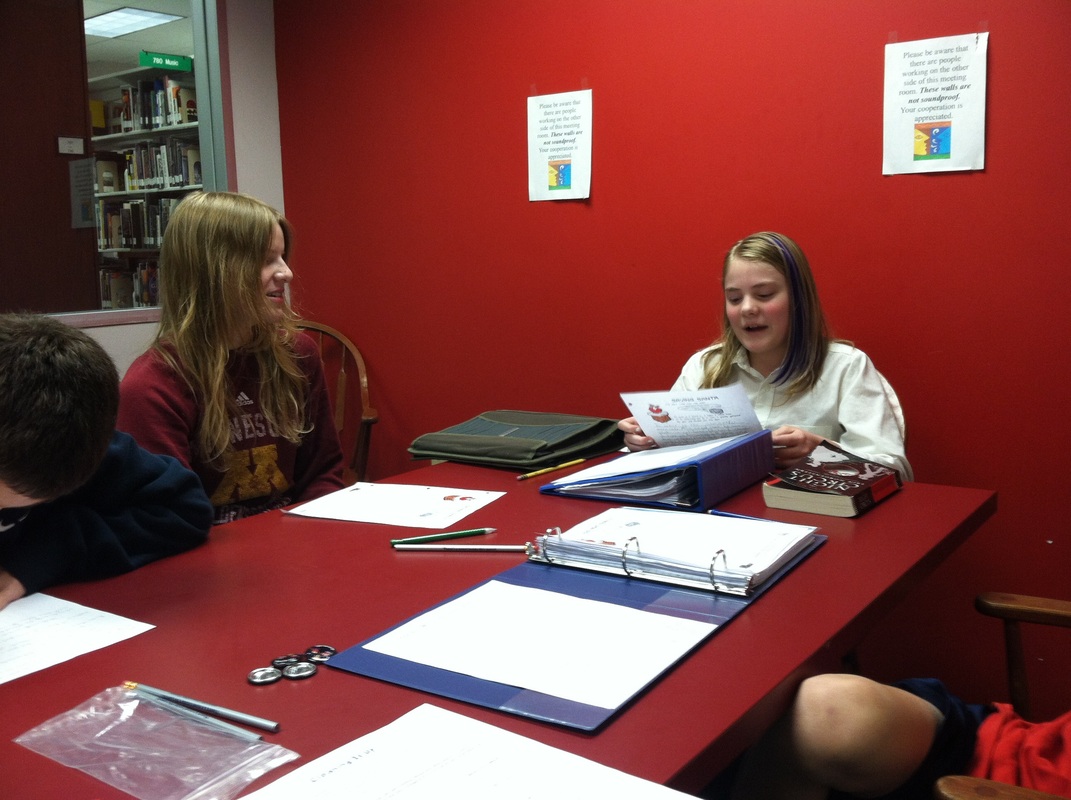
 RSS Feed
RSS Feed